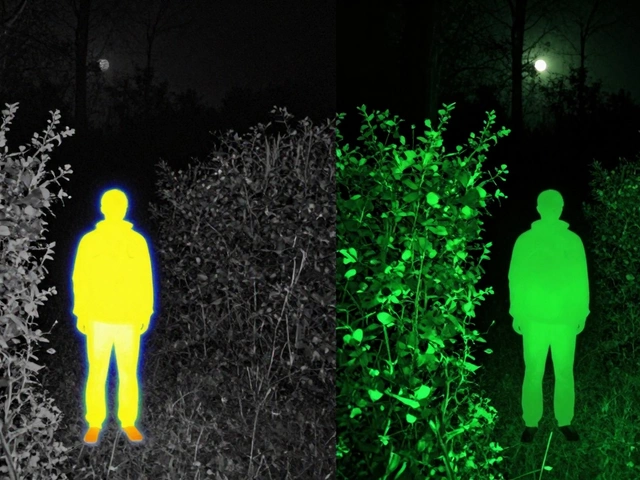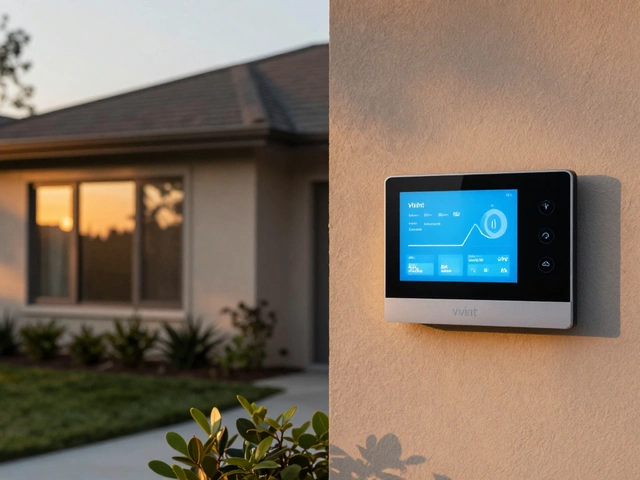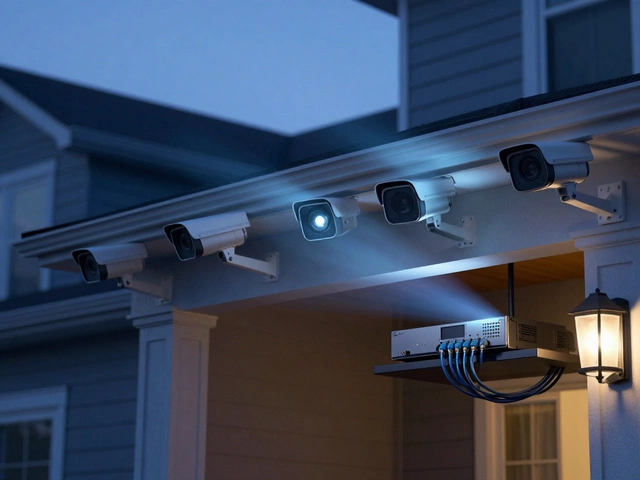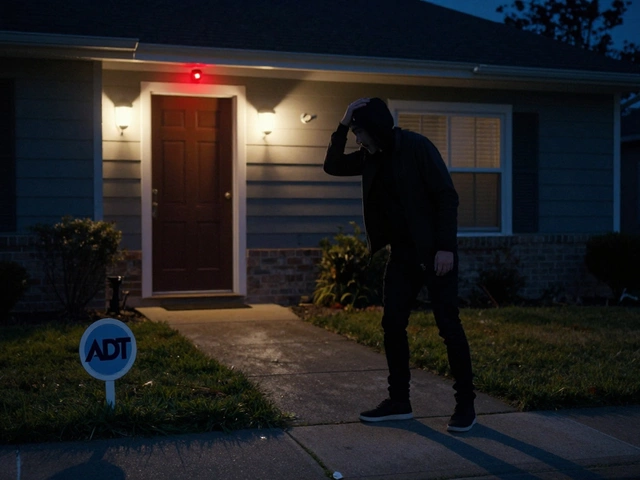Camera Tips: Simple Steps to Make Your Home Safer
Feeling overwhelmed by the many camera options out there? You don’t have to be a tech guru to get solid coverage. Below are quick, practical tips that let you set up reliable, low‑maintenance cameras without breaking the bank.
Placement and Lighting
First thing – think about where you need to see the most. Front doors, back doors, driveways, and any blind spots are the priority zones. Mount a camera 8‑10 feet up, angled down about 30 degrees. That height stops kids from tampering and still gives a clear view of faces and license plates.
Good lighting is a game changer. Cameras work best when there’s a mix of natural light and a small floodlight or LED strip. If you’re using a night‑vision model, make sure the infrared LEDs aren’t blocked by trees or awnings, otherwise the picture will turn into a murky mess.
Tech Settings and Maintenance
Pick a camera that offers at least 1080p resolution – anything lower makes it hard to recognize details. A 110‑degree field of view often covers a whole doorway without needing extra lenses. When you connect it to Wi‑Fi, keep the router within 30 feet and use a 2.4 GHz band for better range.
Cloud storage sounds fancy, but it can add up. Start with a free tier for a week’s footage, then switch to a local SD card or a NAS if you want control over costs. Make a habit of checking the storage space once a month so you don’t lose important clips.
Motion detection settings can cause endless alerts if set too sensitive. Aim for “people” detection instead of “motion” – most modern cams can tell the difference. Set a 10‑second cooldown so you don’t get dozens of notifications when a car passes by.
Regular upkeep saves you headaches. Clean the lens every few weeks with a soft microfiber cloth; dust and rain spots blur the image. Test the power source – wired cameras need a steady voltage, battery models should be swapped out before they dip below 20 percent.
Privacy matters. Point cameras only at public areas of your property – not directly into neighboring windows. In the UK, you’re covered by GDPR, so store footage securely and delete it after the required period. If a neighbour raises a concern, offer a quick tour of the camera’s field of view to show you’re respecting boundaries.
Lastly, don’t ignore the simple stuff: label each camera in your app, name the locations, and keep the firmware updated. A few minutes of effort now prevents a lot of hassle later, and you’ll have peace of mind knowing your home is under solid watch.
If you already use a smart hub, link your cameras to it. Triggering lights or an alarm when motion is detected creates a visible deterrent that often scares off a prowler. The integration also lets you view feeds on your TV or voice‑assistant screen.
Before you finish, run a quick test. Walk in front of each camera, check the live view, and confirm the motion alert reaches your phone. Fix any blind spots now; it’s far easier than discovering a missing video after a break‑in.






